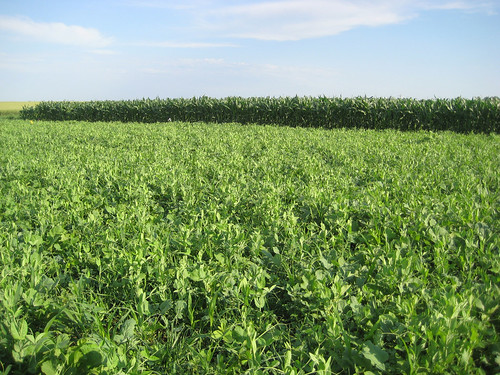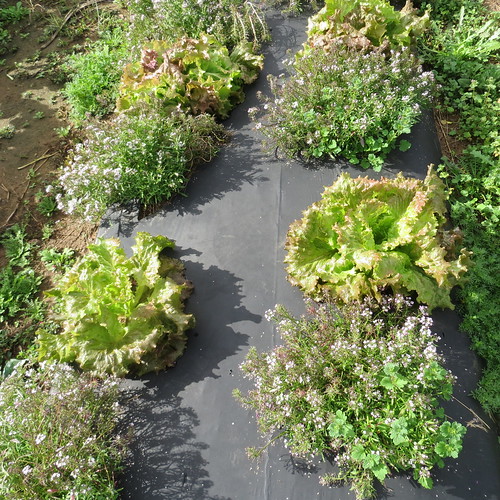USDA scientists work 365 days to provide safe and sustainable food, water, and natural resources in the face of a changing climate and uncertain energy sources. To recognize the contribution that agricultural science and research makes in our daily lives, this week’s “Banner Year” series features stories from 2015 that show the successes that USDA science and statistical agencies made for us all.
Making a success in agriculture and rural communities in today’s competitive world requires a toolbox of cutting-edge knowledge and ways to put that information in people’s hands so they can put it to work. Whether it’s designing these tools, developing the data to prove them, or breeding a new crop variety to outwit a plant disease to avoid a harvest’s devastation, the scientists of USDA’s Agricultural Research Service (ARS) are always coming up with something new to enhance rural opportunities.
Here are five research highlights from 2015 you should read:
1. Smart Phones: The Latest Tool for Sustainable Farming
This past April, ARS scientists released the first two of a suite of mobile-phone apps that, once all are issued, will connect agricultural producers around the world to provide them with ways to maximize their land’s productivity while protecting its resources for future generations.

2. Helping Farmers in Pakistan and the U.S.
Diseases that can devastate crops like wheat and cotton and hit small farmers especially hard in both the United States and Pakistan are being fought before they can appear in either country by a collaboration of ARS and Pakistani scientists.

3. A New Online Tool to Help Growers Select the Right Cover Crop
Researchers at ARS’s Northern Great Plains Research Laboratory in Mandan, North Dakota, have developed the “Cover Crop Chart” to help farmers meet individual production and management goals. The new visual aid has information, including research conducted at Mandan, on more than 50 crop species.

4. Technology to Help Us Deal with Drought
Recently patented technology developed by ARS scientists is helping farmers figure out how to use irrigation water more sparingly, a vital service in these days of drought and low water tables. They’ve come up with a network of sensors, customized to specific crops in specific regions, that triggers the release of water only when a crop is water stressed or soil moisture is low.

ARS scientists are teaching farmers, home gardeners, urban growers, students, and others how to use plant pairings to control insect pests. Companion plants like sweet alyssum, a flowering annual, can attract populations of beneficial insects that prey on costly crop pests. Other plants, like giant red mustard, repel the pests and “push” them away from the main crop.

